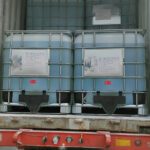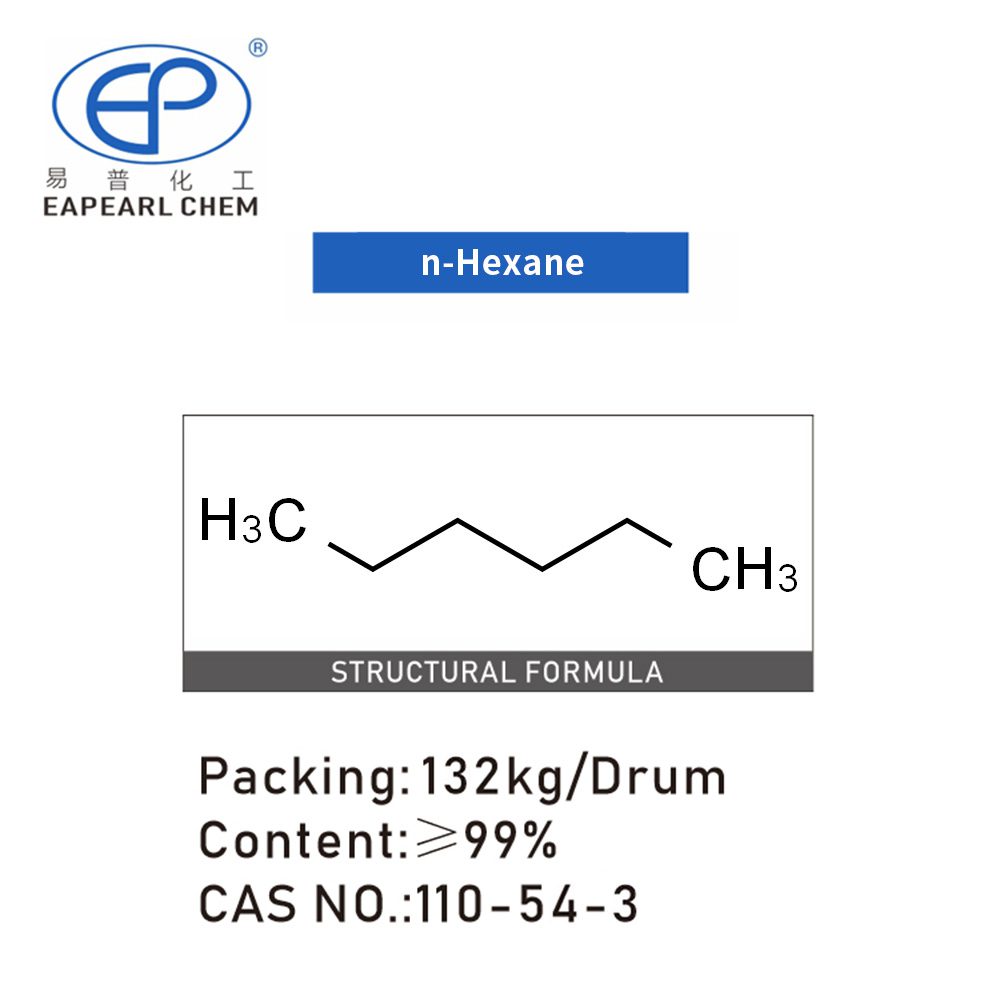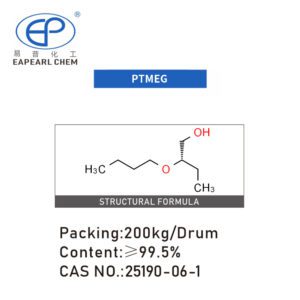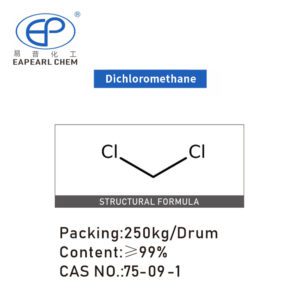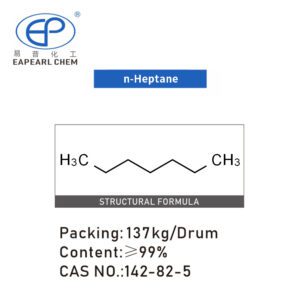n-Hexane
N-Hexane represents an organic compound categorized as a straight-chain saturated aliphatic hydrocarbon. It appears as a colorless, volatile liquid, remaining insoluble in water but exhibiting solubility in ethanol. Furthermore, it dissolves in ether, chloroform, ketone, and other organic solvents.
| Product Name: | n-Hexane |
|---|---|
| CAS No.: | 110-54-3 |
| Purity | ≥99% |
| Packing: | 1ton/drum, 132kg/drum |
| HScode: | 29011000 |
We use the latest network security technology to protect your personal information from leakage, and to ensure that you can shop safely and securely.
Share
Description:
The content of n-hexane in straight-run gasoline, Platinum Reforming raffinate, or wet natural gas is about 1-15%. Industrial production is mainly separated from the raffinate oil (containing hexane 11%-13%) of the Platinum Reforming Unit. The raffinate oil is separated by distillation to remove light components and reconstituted to obtain a fraction containing 60%-80% n-hexane. Double-column continuous rectification is adopted, hydrogenation is carried out with 0501 type catalyst to remove benzene and other unsaturated hydrocarbons, and qualified n-hexane is obtained. The United States also uses the adsorption separation method to prepare n-hexane.
They are obtained by fractionation in petroleum fractions.
Synonyms:
Characteristics:
| Molecular Formula | C6H14 |
| Molar Mass | 86.18 |
| Density | 0.659 g/mL at 25 °C(lit.) |
| Melting Point | -95 °C |
| Boling Point | 68.95°C(lit.) |
| Flash Point | 30°F |
| Water Solubility | insoluble |
| Solubility | Very soluble in ethanol, ethyl ether and chloroform. |
| Vapor Presure | 40 mm Hg ( 20 °C) |
| Vapor Density | 3.5 (vs air) |
| Appearance | Liquid |
| Specific Gravity | 0.660 (20/4℃) |
| Color | Colorless |
| Odor | Mild gasoline-like odor detectable at 65 to 248 ppm |
| Exposure Limit | TLV-TWA 50 ppm (~175 mg/m3) (ACGIH),500 ppm (~1750 mg/m3) (OSHA); IDLH5000 ppm (NIOSH). |
| Maximum wavelength(λmax) | [‘λ: 200 nm Amax: ≤0.70’, , ‘λ: 225 nm Amax: ≤0.10’, , ‘λ: 250 nm Amax: ≤0.01’] |
| Merck | 144,694 |
| BRN | 1730733 |
| pKa | >14 (Schwarzenbach et al., 1993) |
| Storage Condition | Store at +5°C to +30°C. |
| Stability | Stable. Incompatible with oxidizing agents, chlorine, fluorine, magnesium perchlorate. Highly flammable. Readily forms explosive mixtures with air. Note low flash point. |
| Explosive Limit | 1.0-8.1%(V) |
| Refractive Index | n20/D 1.388 |
| Physical and Chemical Properties | A colorless, volatile liquid with a weak, specific odor. |
| PSA | 0 |
| XLogP3 | 3.9 |
| Toxicity | LC50 (4 hr) in mice by inhalation: 48000 ppm; LD50 orally in rats: 32.0 g/kg (Couri, Milks) |
| Flammability characteristics | Class IB Flammable Liquid: Fl.P. below 73°F and BP at or above 100°F. |
Use
FAQ:
Q1. What is n-Hexane?
A1. n-Hexane is a colorless liquid hydrocarbon with the chemical formula C6H14. It is commonly used as a solvent in various industries, including chemical manufacturing, pharmaceuticals, and electronics.
Q2. What are the main applications of n-Hexane?
A2. n-Hexane is primarily used to extract oils from vegetables, seeds, and nuts. It is also used as a cleaning agent and degreaser and as a component in producing adhesives, rubber cement, and certain coatings.
Q3. Is n-Hexane hazardous to health?
A3. Yes, n-Hexane can be hazardous if not handled properly. It is a highly flammable liquid and can irritate the skin, eyes, and respiratory system upon direct contact or inhalation. Prolonged exposure or ingestion may lead to more severe health effects. Following proper safety precautions and guidelines is important when working with n-Hexane.
Q4. Are there any regulations or safety standards for handling n-Hexane? A4. Yes, regulations and safety standards must be followed when working with n-Hexane. These include proper storage, handling, and disposal procedures. It is crucial to consult local regulations and guidelines to ensure compliance with safety measures.
Q5. What safety precautions should be taken when using n-Hexane?
A5. When working with n-Hexane, using appropriate personal protective equipment (PPE) such as gloves, safety glasses, and respiratory protection is important. Ensure proper ventilation in the working area to minimize the risk of inhalation. Store and handle n-Hexane away from open flames or heat sources, as it is highly flammable.
Q6. What packaging options are available for n-Hexane?
A6. We offer n-Hexane in various packaging options to suit different customer needs. These include drums, intermediate bulk containers (IBCs), and bulk shipments. Please get in touch with our sales team for further information on packaging and delivery options.
Q7. Can n-Hexane be exported internationally?
A7. Yes, n-Hexane can be exported internationally. As an inaugural step, it is requisite that you ascertain your possession of the requisite qualifications and conditions enabling the acquisition of chemicals of a hazardous nature. However, it is important to comply with domestic and international regulations regarding hazardous chemicals’ transportation, labeling, and documentation requirements. Our team can provide assistance and guidance to ensure a smooth export process.
Q8. What is the shelf life of n-Hexane?
A8. n-Hexane has a relatively long shelf life when stored properly. It should be kept in a tightly sealed container, away from direct sunlight, extreme temperatures, and ignition sources. Under ideal conditions, n-Hexane can maintain its quality for several years. However, periodic quality checks are recommended to ensure its suitability for specific applications.
Q9. Can n-Hexane be recycled or disposed of safely?
A9. Yes, n-Hexane can be recycled or disposed of safely through appropriate methods. Recycling processes can help recover and reuse n-Hexane, reducing waste and environmental impact. When disposing of n-Hexane, it should be done following local regulations and guidelines for hazardous waste management. Our team can guide proper recycling and disposal procedures.
Q10. How can I place an order for n-Hexane?
A10. To order n-Hexane, please get in touch with our sales team through the provided contact information on our website. Our team will assist you with product availability, pricing, and any additional requirements you may have. We strive to provide excellent customer service and ensure a smooth ordering process for our valued customers.
相关产品
Loading Video or Picture:


